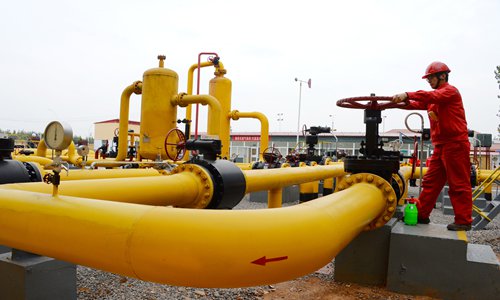China will loosen blanket restrictions on energy consumption in order to ensure environmental and climate targets do not erode future economic growth, according to a policy document issued after an agenda-setting meeting of the country’s top leaders.
The country will also move towards capping carbon dioxide emissions from overall energy use to meet its environmental goals, rather than setting energy consumption targets, said the statement issued late on Friday (Dec 13) after the annual Central Economic Work Conference.
China, the world’s biggest coal consumer and greenhouse gas emitter, has set rigorous national and regional targets for total energy consumption use and energy intensity – the amount of energy consumed per unit of economic growth.
But some high energy-consuming provinces have struggled to meet their targets, and new restrictions imposed late last year caused widespread and disruptive power outages, cutting off supplies to industries and residents.
The statement said China’s economic tasks in 2022 would “prioritise stability”, while “all regions and departments should shoulder the responsibility of stabilising the macroeconomy”.
To help guarantee energy supplies, newly added renewable capacity and “feedstock energy” would now be exempt from any energy consumption cap, it said.
The document did not specify what would be included in “feedstock energy”, but analysts from CITIC Futures said the move could signal a relaxation of restrictions on heavy industries like coal-chemicals and petrochemicals.
The new approach reflected a “rethinking” in China’s campaign to curb carbon emissions over the past few months, Nomura economists Ting Lu and Jing Wang said in a note.
In early August, China’s top decision-making body said it would stop any “campaign-style” efforts to cut emissions by local authorities and promised to meet its peak carbon and carbon neutrality targets in an “orderly” manner.
The new policy document said China aims to transition as soon as possible from energy consumption targets to the “dual control” of both total carbon emissions and carbon intensity.
“This reignites hopes that China would put out a target on a total carbon emission cap, though there is no timeframe,” said Li Shuo, senior climate adviser with environment group Greenpeace.

 Iran Energy News Oil, Gas, Petrochemical and Energy Field Specialized Channel
Iran Energy News Oil, Gas, Petrochemical and Energy Field Specialized Channel



